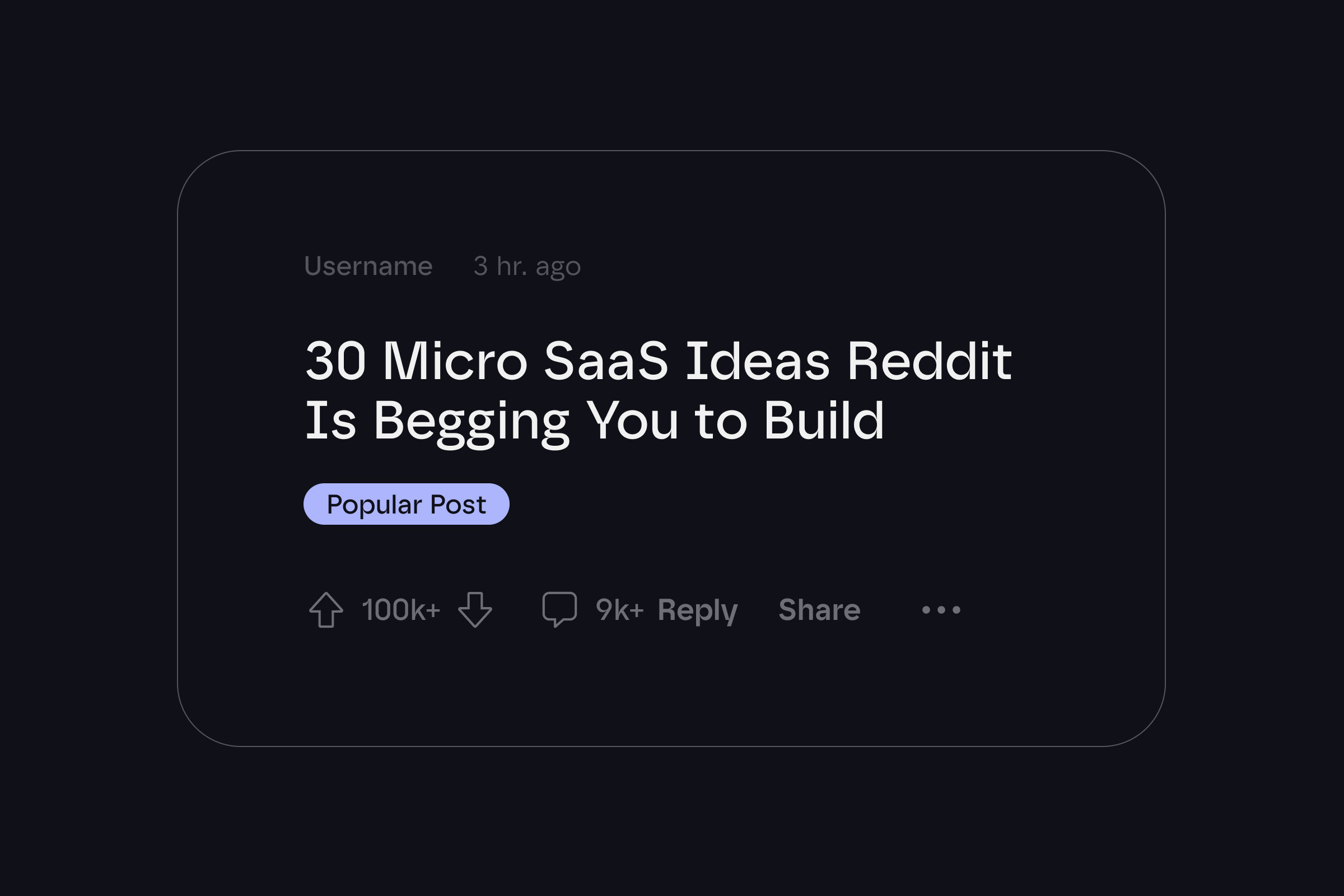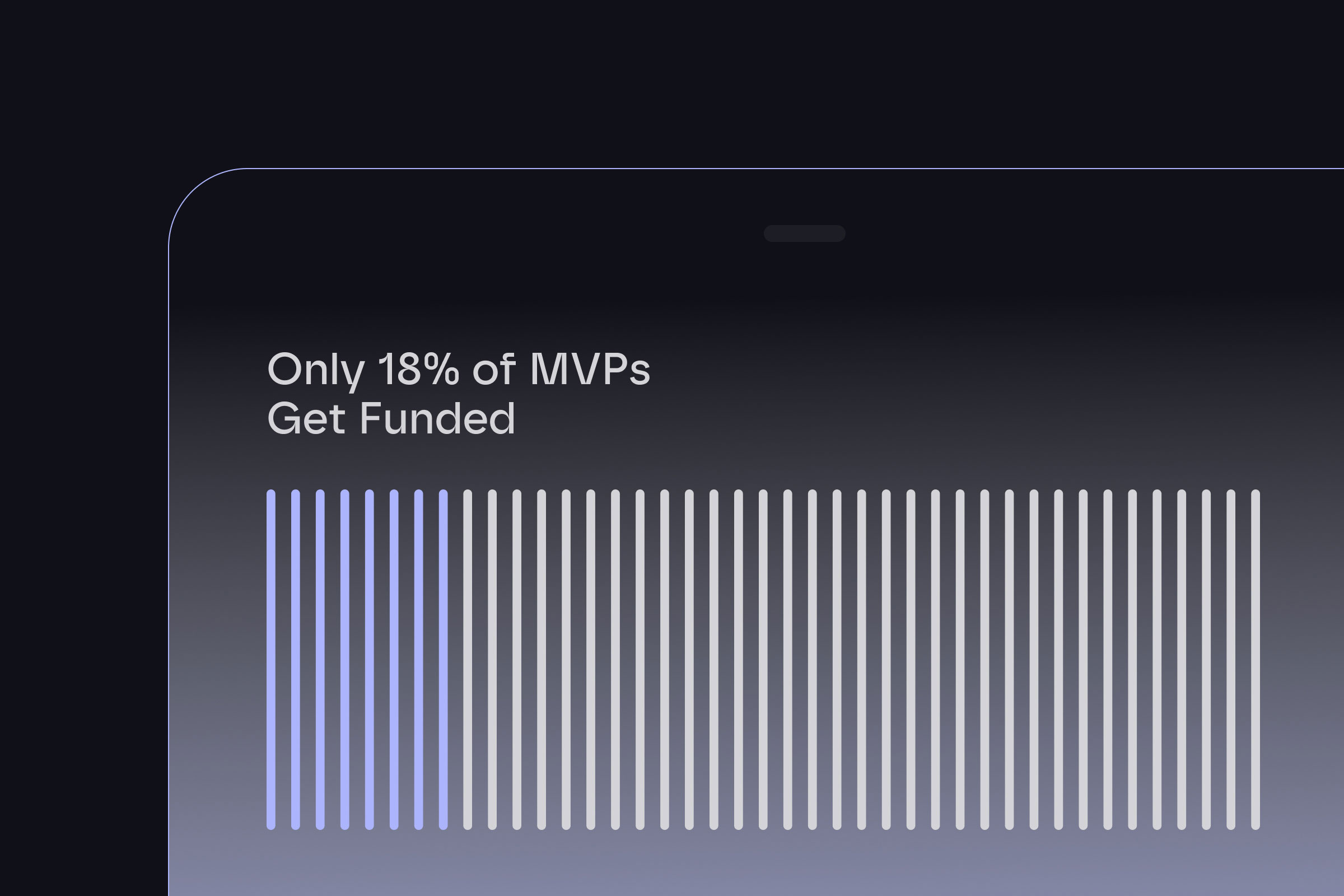Product development has gotten confusing. Really confusing.
Every week, there's a new acronym. A new "revolutionary" approach. A new way to build products that promises to solve everything.
But here's the thing: most product teams are still struggling with the same fundamental question.
What should we build first?
The answer depends on what you're trying to achieve. And that's where these four methodologies come in.
The Four Approaches That Actually Matter
Let's cut through the noise. These are the four product development approaches that have proven themselves in the real world:
MVP (Minimum Viable Product)
- Test your biggest assumptions fast
- Learn what users actually want
- Build only what's necessary to validate your idea
MLP (Minimum Lovable Product)
- Create emotional connections from day one
- Focus on user delight, not just functionality
- Build something people actually want to use
MMP (Minimum Marketable Product)
- Launch with confidence in competitive markets
- Meet customer expectations for quality
- Generate revenue from the start
MMF (Minimum Marketable Feature)
- Deliver value incrementally
- Focus on features that customers will pay for
- Perfect for existing products
When to Use Each Strategy
Choose MVP When:
- You're entering a new market
- You need to validate core assumptions
- Resources are limited
- Speed is more important than polish
Example: Buffer started with a simple landing page asking "Would you pay for this?" They tested demand for their social media scheduling tool before writing a single line of code. Just two pages—one explaining the concept, another asking for email addresses. This validated demand without building anything.
Choose MLP When:
- You're in a competitive market
- User experience is crucial
- You have design resources
- Brand reputation matters
Example: Slack focused on delightful user experience from day one. No tutorials needed. Just intuitive, beautiful design that made people fall in love with the product.
Choose MMP When:
- You need to generate revenue quickly
- Market expectations are high
- You're competing with established players
- Quality is non-negotiable
Example: Spotify launched with a desktop app that worked flawlessly. They prioritized technical excellence in core functionality over experimental features.
Choose MMF When:
- You're adding to an existing product
- You want to deliver value continuously
- You need to manage development risk
- You're working with agile teams
Example: Adding a new payment method to an existing app. It's self-contained, valuable, and can be developed quickly.
The Reality Check: What Most Teams Get Wrong
MVP Isn't About Being Cheap
MVP doesn't mean "build something crappy and see if it works."
It means build the smallest thing that can validate your biggest assumption.
Big difference.
MLP Isn't Just "MVP with Better Design"
MLP requires a fundamental shift in thinking.
You're not just making things prettier. You're designing for emotional connection.
MMP Isn't Guaranteed Revenue
Having a "marketable" product doesn't guarantee sales.
You still need demand. You still need product-market fit.
MMF Isn't Just Small Features
Features need to provide standalone value.
If users can't benefit from it independently, it's not a true MMF.
How to Choose the Right Approach
Ask yourself these questions:
What's your primary goal?
- Learning → MVP
- User delight → MLP
- Revenue → MMP
- Continuous value → MMF
What resources do you have?
- Limited budget → MVP
- Strong design team → MLP
- Business development focus → MMP
- Agile development → MMF
What does your market expect?
- New market → MVP
- Competitive market → MLP
- Established market → MMP
- Existing product → MMF
How much time do you have?
- 2-6 weeks → MVP
- 4-12 weeks → MLP
- 8-16 weeks → MMP
- 1-4 weeks → MMF
Real-World Success Stories
Realworld's MVP Journey
Started with a simple app guiding young adults through life skills like taxes and housing.
Gained early traction with minimal features.
Proved there was demand for a practical “adulting” guide.
No complex systems, just validation of a real user need.
Notion’s MLP Strategy
Notion began as a streamlined workspace for notes and tasks.
Focused on delightful UX with customizable layouts and drag-and-drop ease.
Built a loyal user base through emotional connection.
Result: Rapid growth and a cult-like following in productivity circles.
ConvertKit’s Market Entry
ConvertKit launched with a polished email marketing tool targeting creators.
Prioritized seamless automation and quality to compete with established players.
Validated demand with paying customers from day one.
Grew steadily by meeting market expectations for reliability.
The Hybrid Approach: Why Most Successful Products Use All Four
Here's what the most successful companies do:
Start with MVP to validate core assumptions.
Evolve to MLP to build user loyalty.
Develop MMP to generate revenue.
Use MMF for ongoing feature delivery.
It's not about choosing one. It's about knowing when to use each.
Common Mistakes to Avoid
Don't choose based on trends. Choose based on your specific context.
Don't mix approaches without strategy. Each methodology requires different resources and mindset.
Don't ignore user expectations. What worked in 2015 won't work today.
Don't misalign team capabilities. Make sure your team can execute your chosen approach.
Don't use wrong metrics. Success looks different for each methodology.
The Future of Product Development
User expectations are rising. AI is changing everything. Competition is intensifying.
The companies that win will be those that:
- Understand these methodologies deeply
- Choose the right approach for their context
- Execute with clarity and focus
- Adapt as markets evolve
Your Next Steps
- Assess your current situation honestly
- Choose the methodology that fits your context
- Align your team around the chosen approach
- Define success metrics specific to your methodology
- Execute with discipline and measure results
The choice between MVP, MLP, MMP, and MMF isn't just about product development.
It's about strategy. It's about understanding your market. It's about knowing what success looks like for your specific situation.
Choose wisely. Execute well. Measure everything.
Your product's success depends on it.












